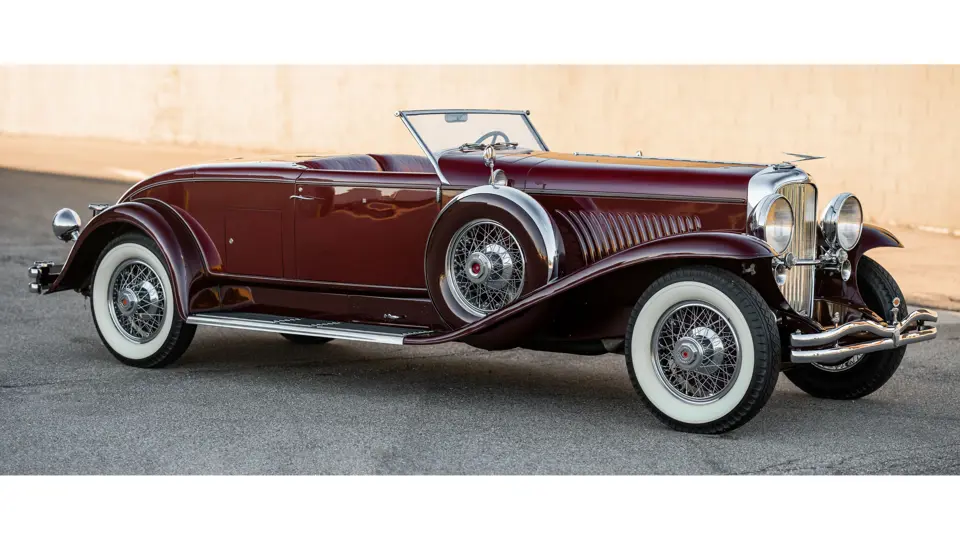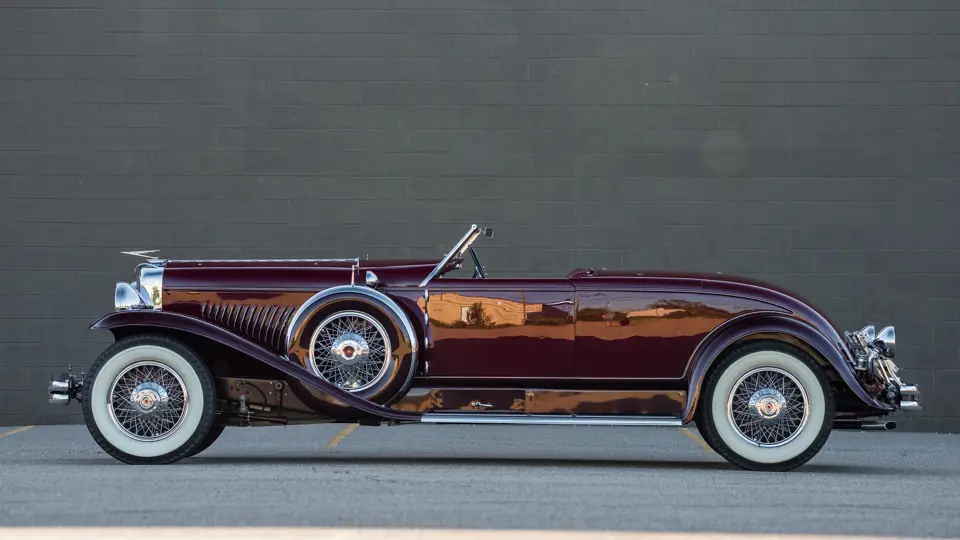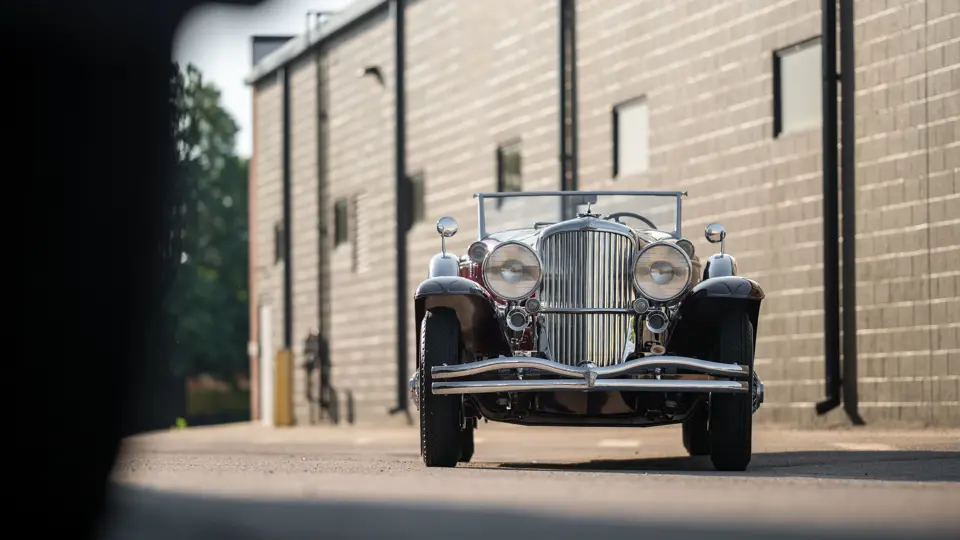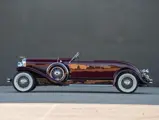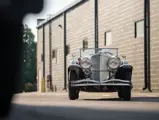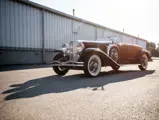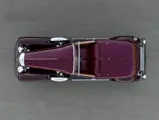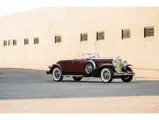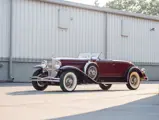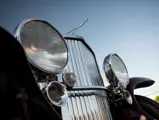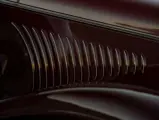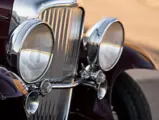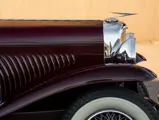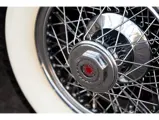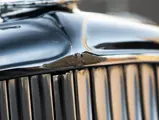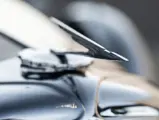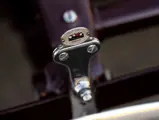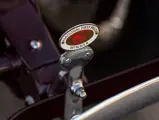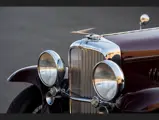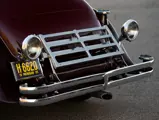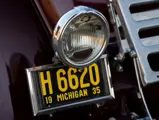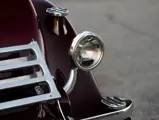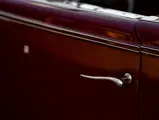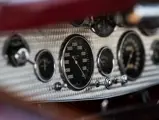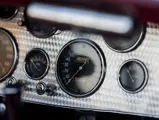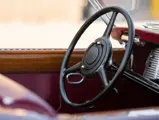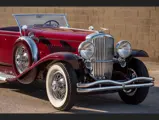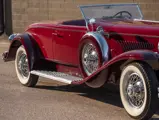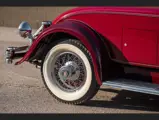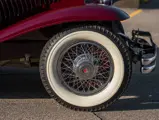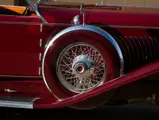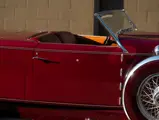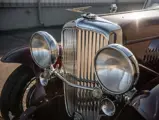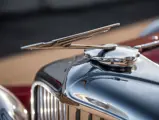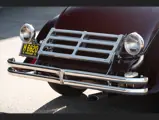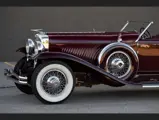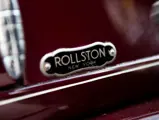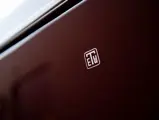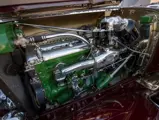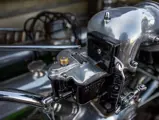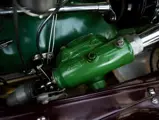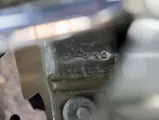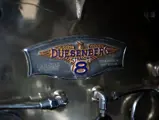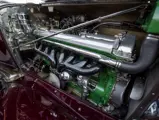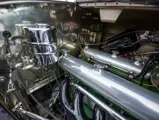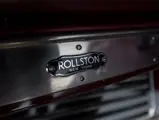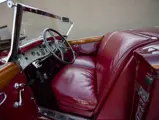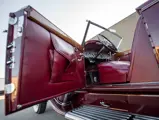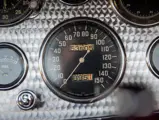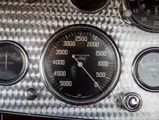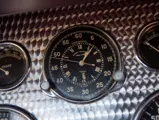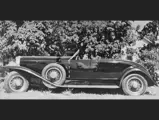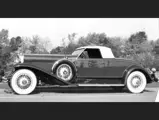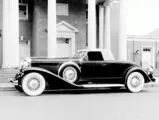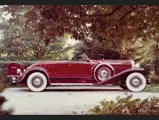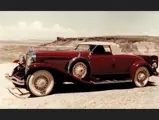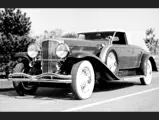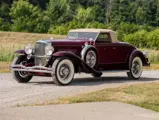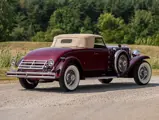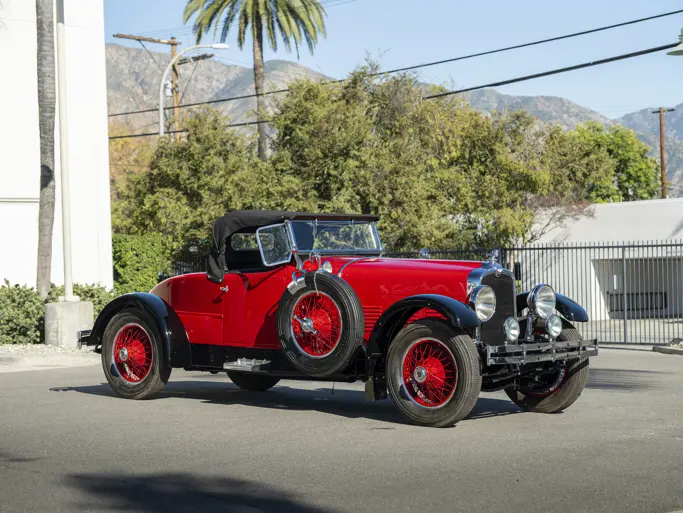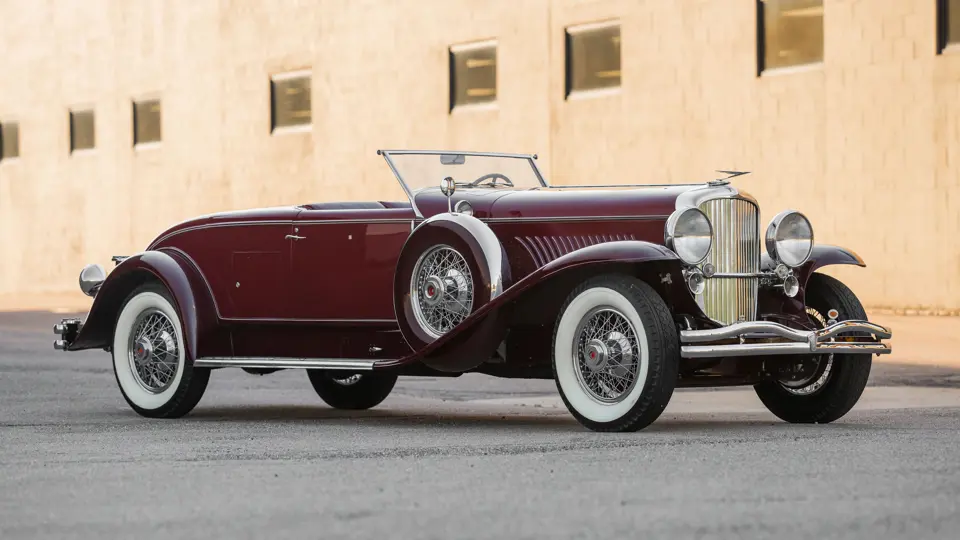
1935 Duesenberg Model J Convertible Coupe by Rollston
{{lr.item.text}}
$4,680,000 USD | Sold
Offered From The Terence E. Adderley Collection
{{bidding.lot.reserveStatusFormatted}}
- Offered from the Terence E. Adderley Collection
- Part of Mr. Adderley’s collection since 1967; 55 years in single ownership
- Unique and spectacular disappearing-top coachwork by Rollston
- Numbers-matching chassis, firewall, engine and body, as-delivered in 1935
- Featured in numerous important books and the basis for a Monogram model
- Auburn Cord Duesenberg (ACD) Club Certified Category 1 (D-201)
The Rollston Company was inarguably New York’s finest coachbuilder, renowned for the proficiency of its designers in both open and convertible styles, of conservative or rakish lines. Few American shops of any era were so skilled at so diverse a catalogue, all built with outstanding craftsmanship and rock-solid quality. It is a testament to Rollston’s skill that they could craft a two-passenger convertible coupe body for the long-wheelbase Model J chassis, and make it of exquisite proportions, with a long hood and tail, but with a low and steeply raked windshield. The design emphasizes the power of the car beneath and is, quite simply, exceptional, equaling or exceeding the beauty of the iconic Murphy “disappearing top” convertible coupes.
Only one body was built to this design by Rollston on the Model J; although some of its styling features subsequently appeared on another one-off body, on J-529, and on the fabled convertible coupes of the JN series, this was and remains a unique car.
Historian Don Howell’s comments, in a letter to the late Duesenberg archivist Ray Wolff, indicate that the Rollston body was first employed on a supercharged SJ model, J-527, which was sold in December 1933 to Isabel Townsend Pell of New York City. Member of a family prominent in American business and politics, Ms. Pell was a niece of the heiress to International Nickel, and was largely raised by her aunt and uncle at their home at the restored Fort Ticonderoga. A strong, independent, and unconventional personality, she worked in the fashion industry in the early 1930s alongside such iconic figures as Elsie de Wolfe. She was exactly the type of woman who drove a long-wheelbase Model J convertible through Manhattan.
In 1935, Ms. Pell apparently suffered trouble with the car’s supercharger, and the body was moved by Duesenberg to this new long-wheelbase chassis, 2556, with engine number J-550, on which it has remained since. Notes from Mr. Howell indicate that Rollston’s “shovel” or “sugar scoop” fenders, with flared open tips reminiscent of those used on various Fleetwood designs of the later 1920s, were installed by the time of this exchange; indeed, the earliest known photo of J-550 depicts the car with these distinctive fenders, used on only four Rollston-bodied Js.
Ms. Pell then took the car with her to France in 1939. When the car was Certified by the ACD Club in 2005, reviewer Fred Roe, the revered Duesenberg expert then serving as the Club’s Duesenberg Historian, noted, “I saw this car in spring 1945 in the ‘New York Garage’ in Cannes, France while in the army. Germans had taken tires and wheels...” One wonders if the same troops knew to whom the car belonged, as Ms. Pell had served the French Resistance as code name “Fredericka,” hiding with her lover in the forests of France and helping escort surrounded Allied soldiers to safety.
According to the records of Mr. Wolff, the next known owner of J-550 was a Frenchman who took it to Havana, Cuba, in 1947, but died only a few days after his arrival. The Duesenberg reportedly sat on the docks until 1950, when a local dealer sold it to one Lilian Ramirez. After two further short-term Cuban owners, the Model J finally and fortuitously left the country in 1952 when Paul V. White of Florida purchased it for $1,500.
In late 1955 the Duesenberg was acquired from White by Allen Thurn of Bethlehem, Pennsylvania. Mr. Thurn was an active ACD Club member and passionate Model J enthusiast, who would own, restore, and enjoy several fine examples of the marque. In 1958 the car was driven by Jim Hoe to Los Angeles, to undergo cosmetic restoration in J.B. Nethercutt’s famed shops. After completion of this work, the car was judged Best of Show at the Classic Car Club of America’s 10th Annual Meeting at Buck Hill Falls, Pennsylvania, in 1962. A more thorough restoration was subsequently undertaken and completed in 1965 by the late Mervin “Beaver” Colver, who worked for many of the great collectors of the era; typical of Colver’s restorations, his excellent work on J-550 has held up remarkably well!
In 1966 Mr. Thurn was persuaded to sell J-550 to George Huguely of Washington, D.C., then a prolific buyer and seller of great Classics. After a little over a year, the Model J was acquired in October 1967 by Terence Adderley, and has remained in his collection since as one of its longest-term residents, now for almost 55 years.
Mr. Adderley had the car Certified by the ACD Club, and it achieved Senior Emeritus status with the Classic Car Club of America in 1976. It has been featured in many of the standard reference texts on the marque, including Fred Roe’s Duesenberg: The Pursuit of Perfection (p. 232), Josh B. Malks’s Illustrated Duesenberg Buyer’s Guide (p. 61), and, most prominently, as the cover car of Dennis Adler’s Duesenberg. It was also twice pictured in the pages of Automobile Quarterly, in Vol. 10 No. 2 (p. 129) and Vol. 30 No. 4 (p. 109), and was shown in Ralph Stein’s The Great Cars (p. 106-107). Most impressively, this Duesenberg has been “built” by more enthusiasts than perhaps any other; with tweaks to its design, it served as the basis for Monogram’s popular “The Classic Duesenberg SJ Roadster” model kit.
Significantly, despite its long-term residence in the Adderley stable, J-550 has been largely unshown in this century, remaining tucked away in the collection—and it has notably never attended the Pebble Beach Concours d’Elegance.
The emergence of this long-held Duesenberg for sale is among the most exciting offerings of an American Full Classic in recent memory. It is, without qualification, one of the most beautiful open Duesenbergs, a truly special car that any enthusiast of “The Mightiest Motor Car” would be overjoyed to call their own—exactly as Terence Adderley did for half a century.

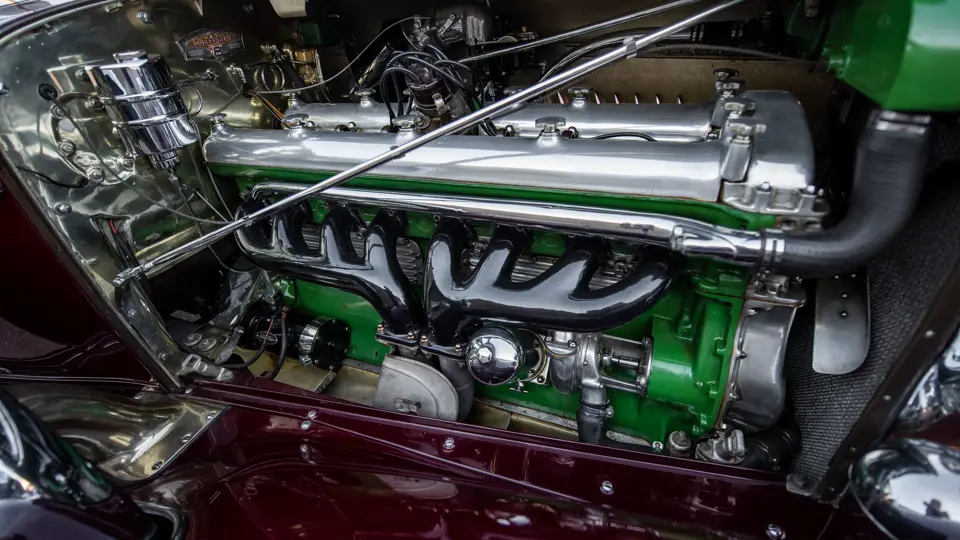
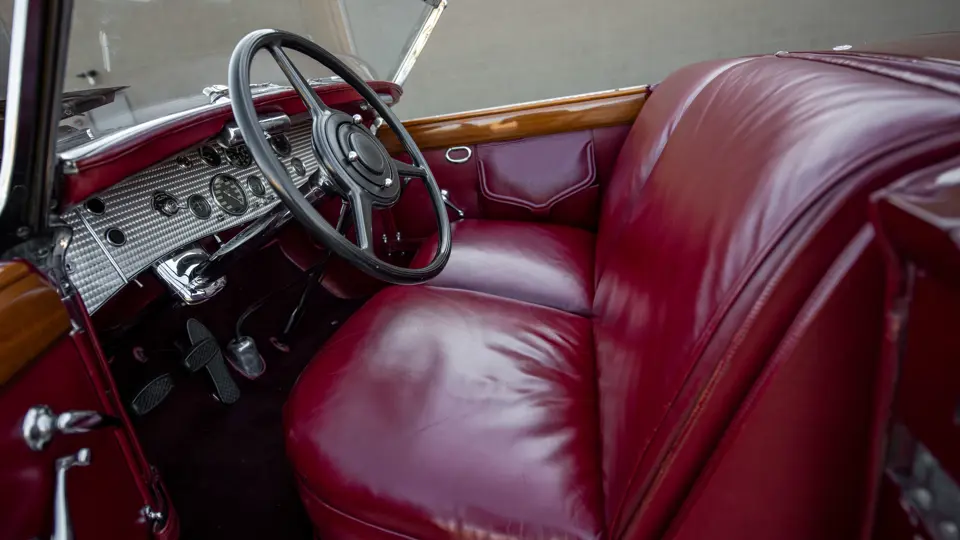

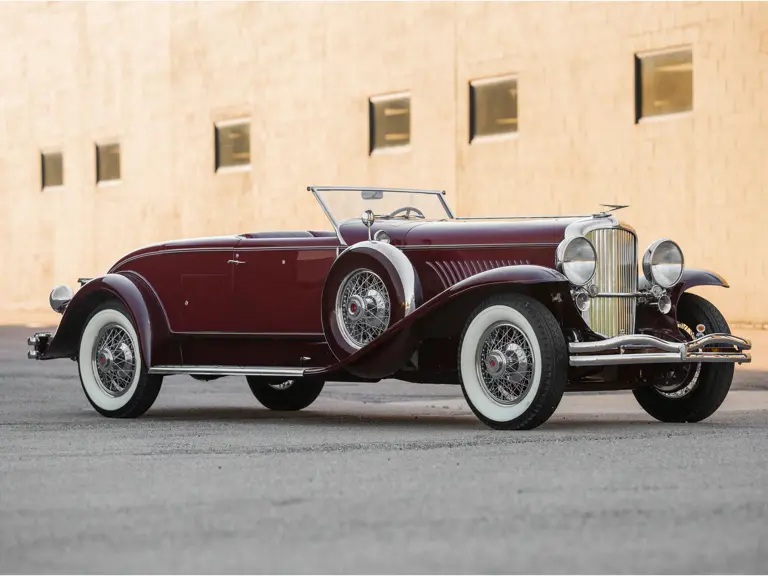
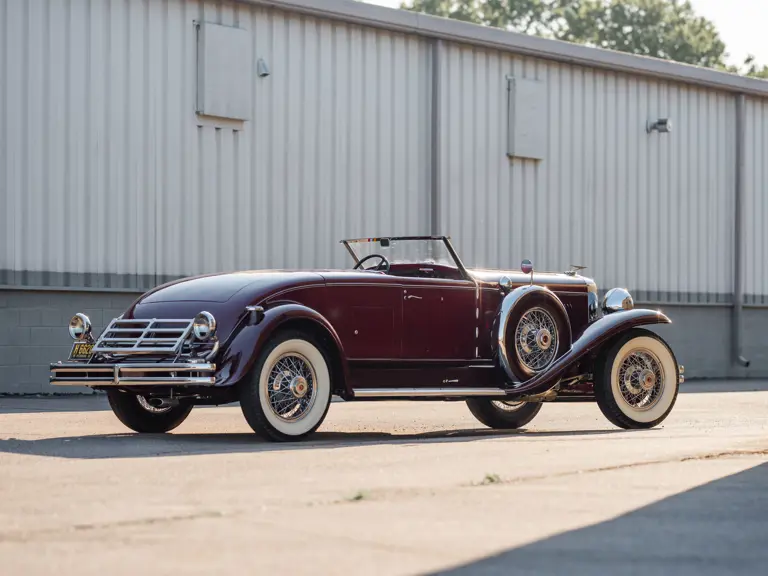

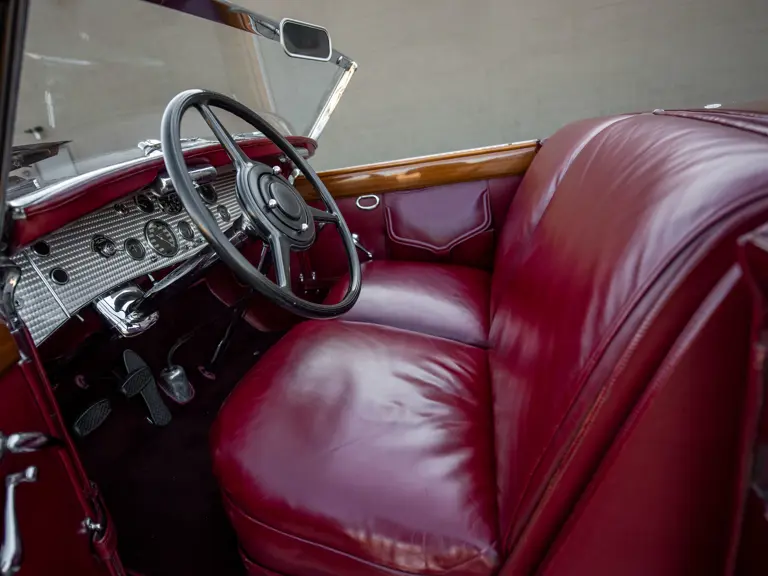
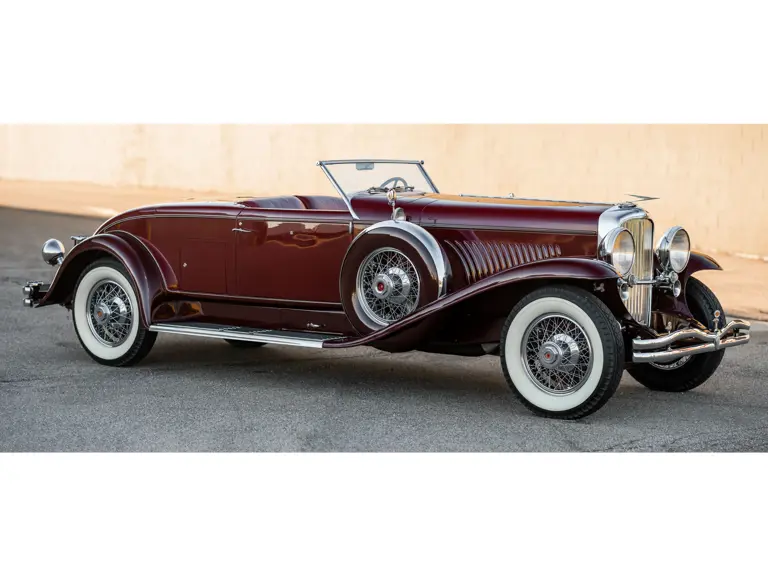
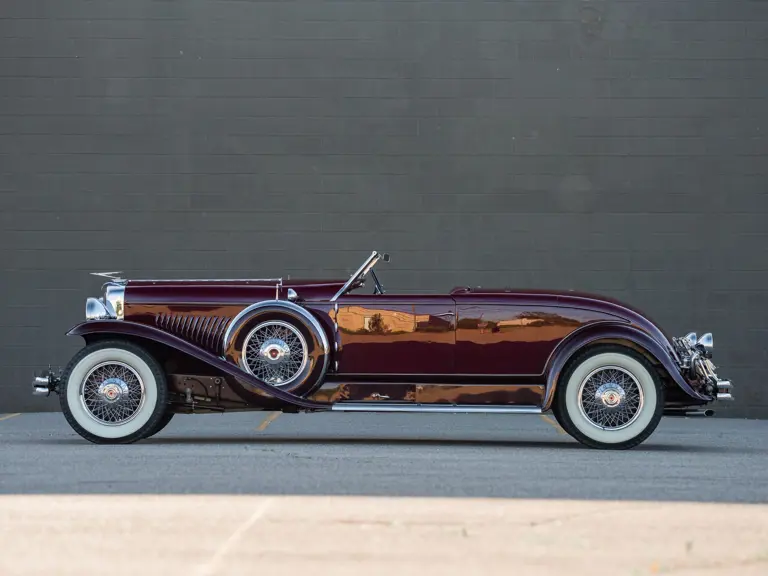
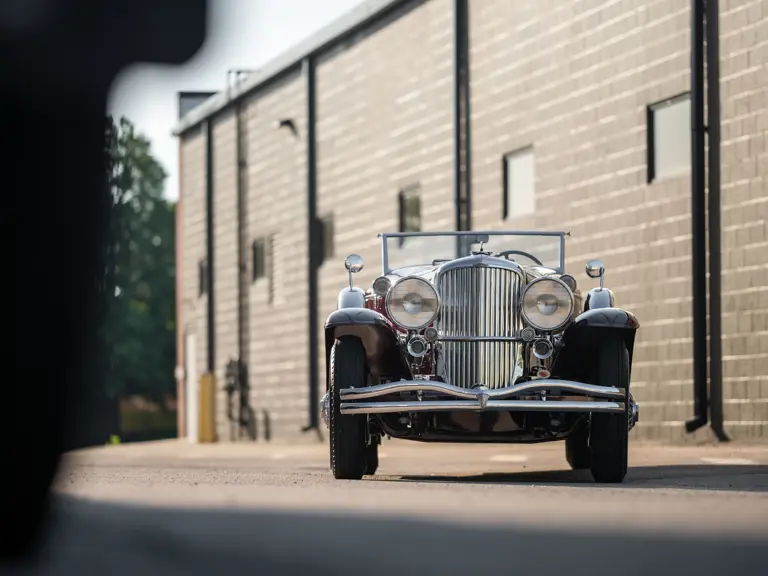

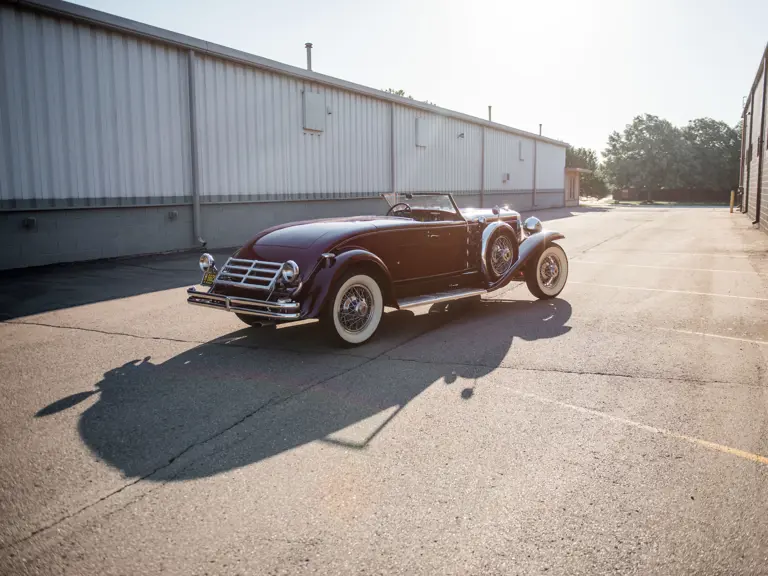
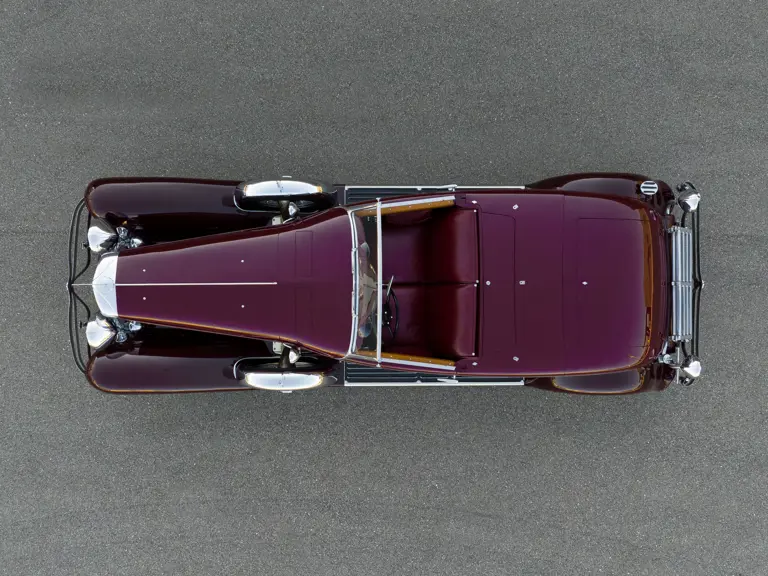
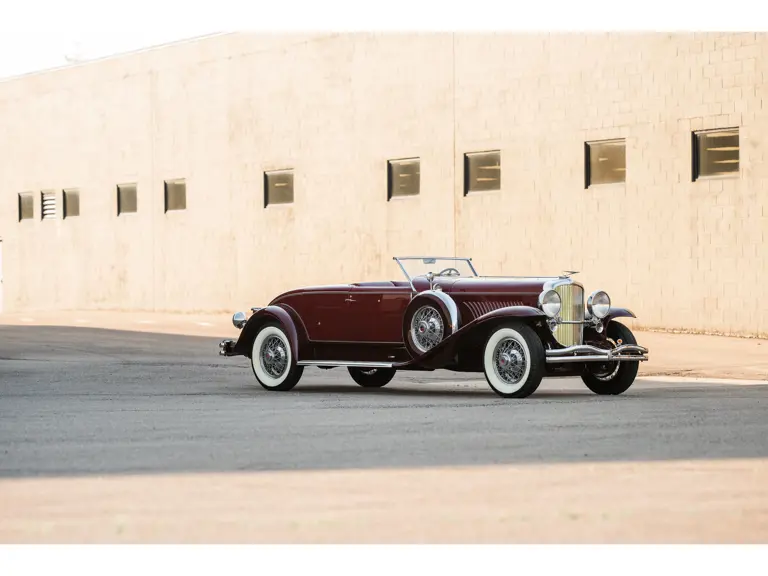
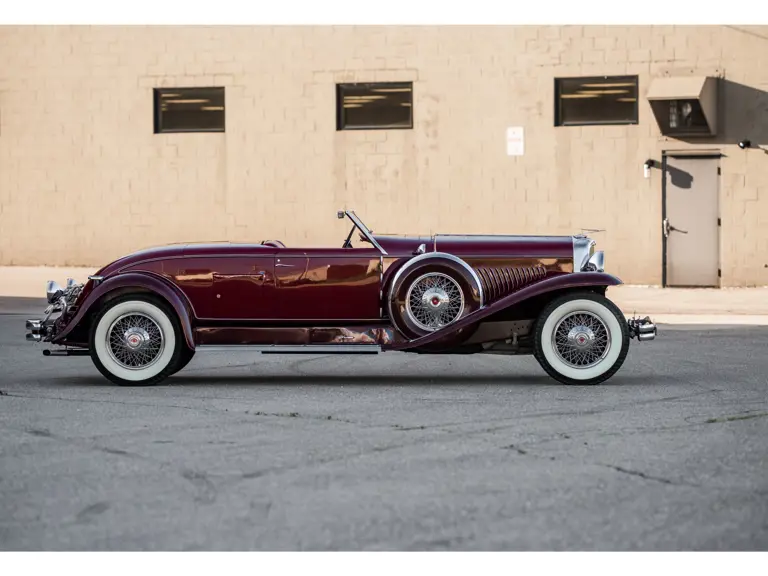


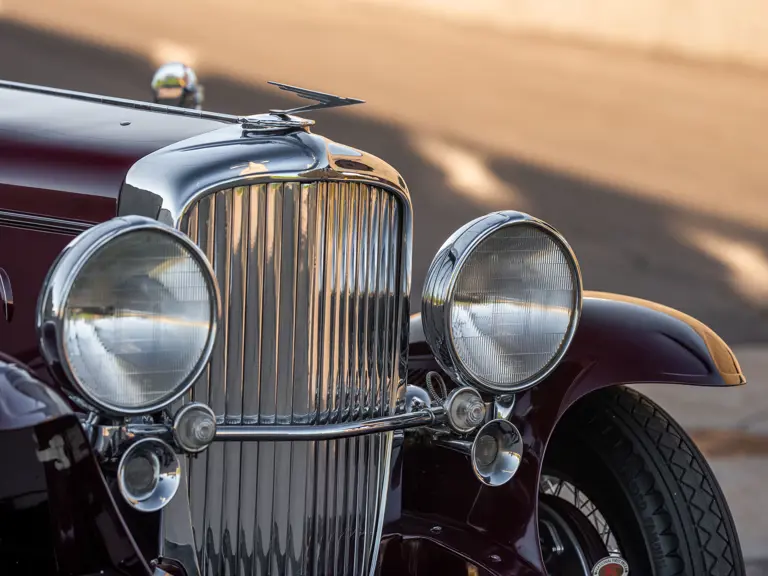
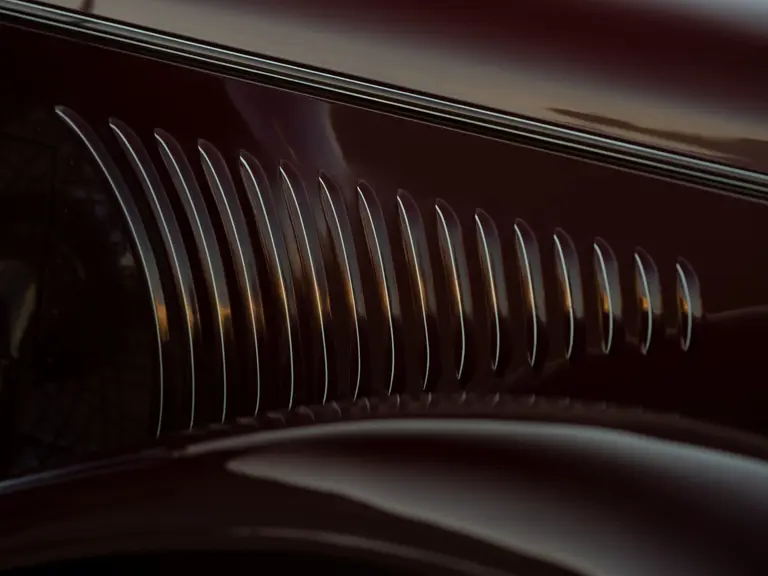
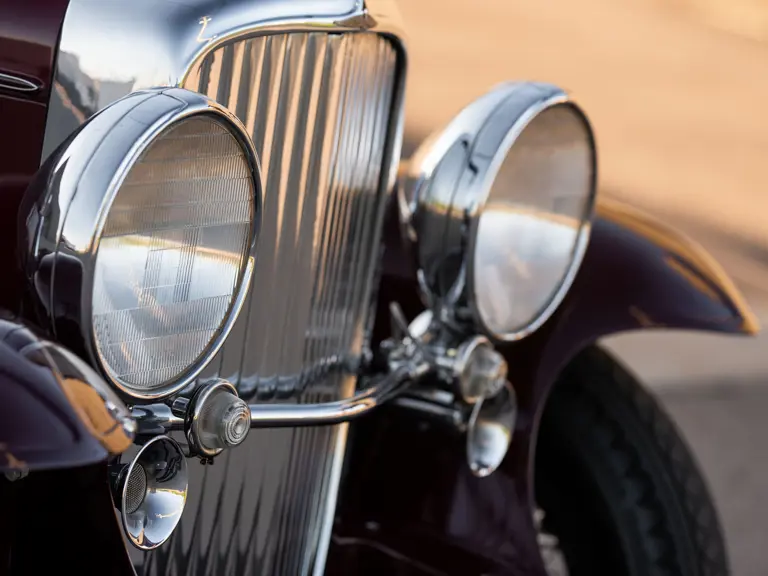
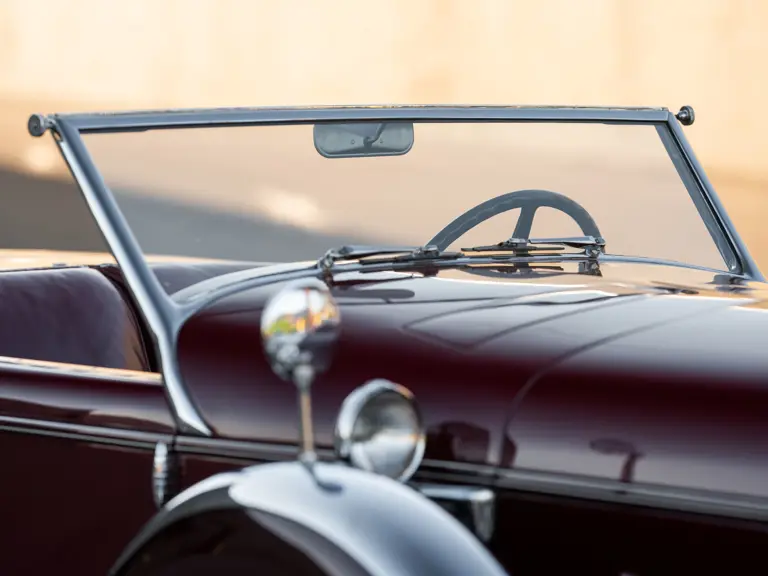
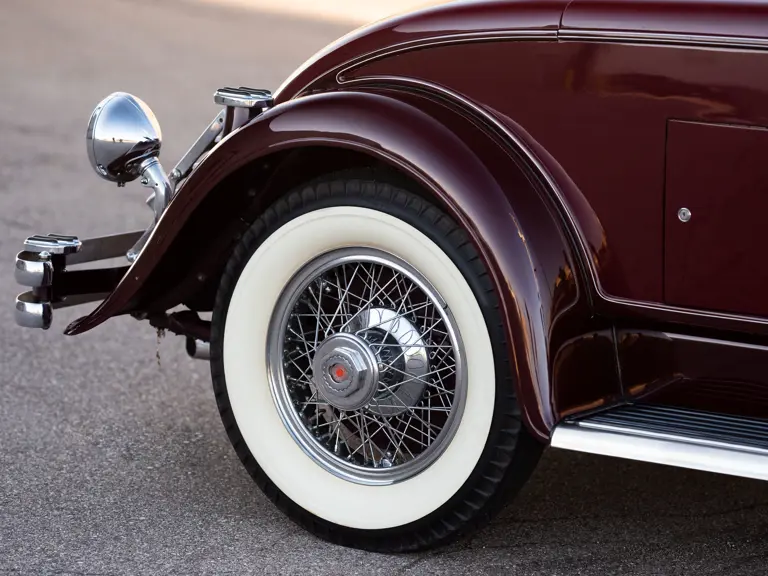

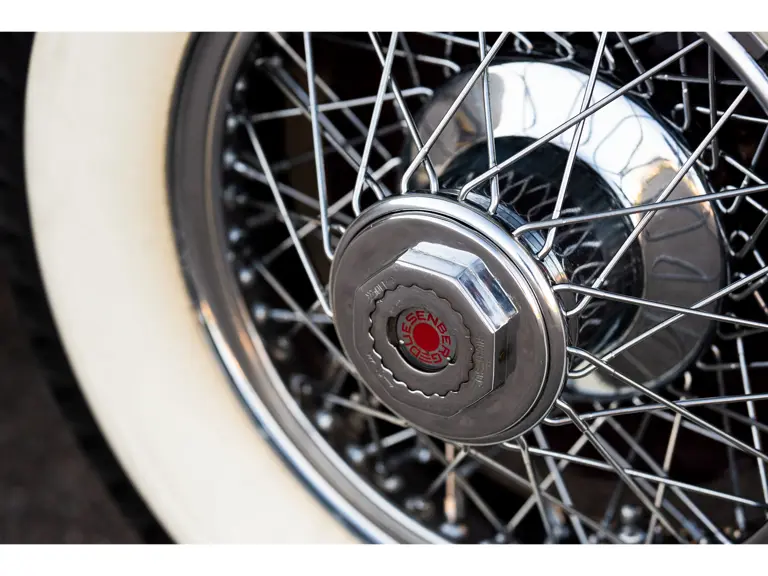
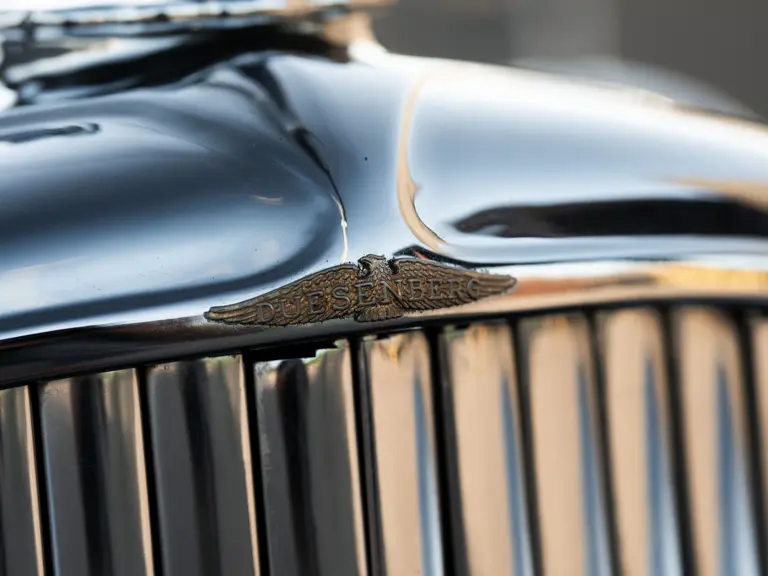
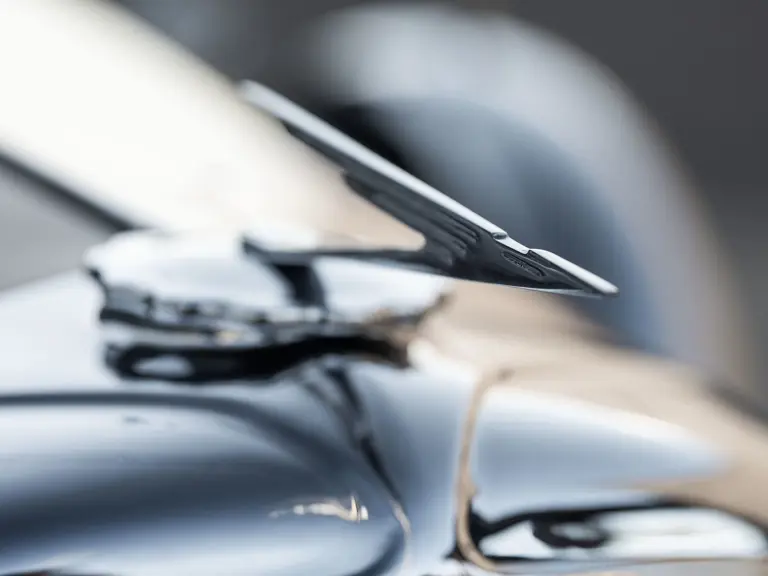
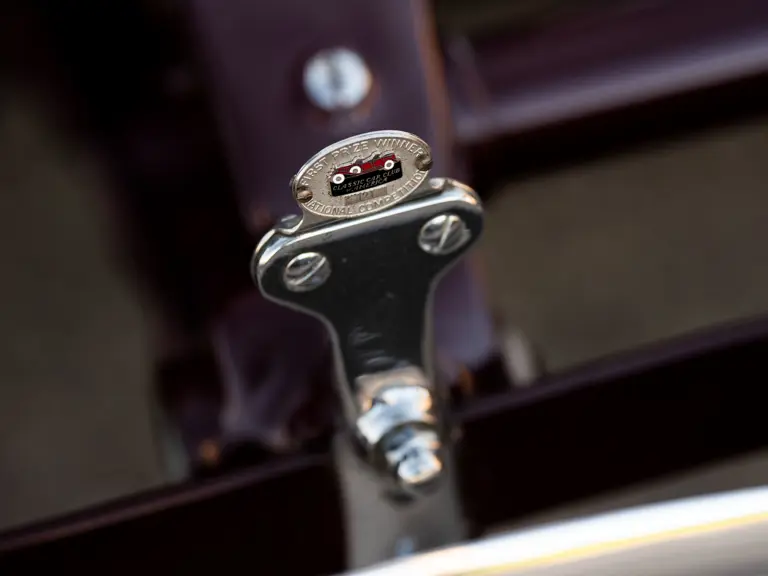

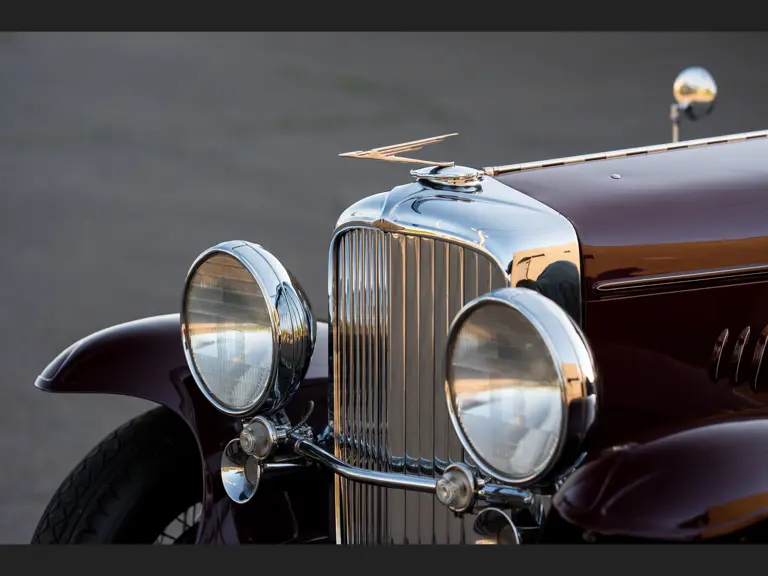
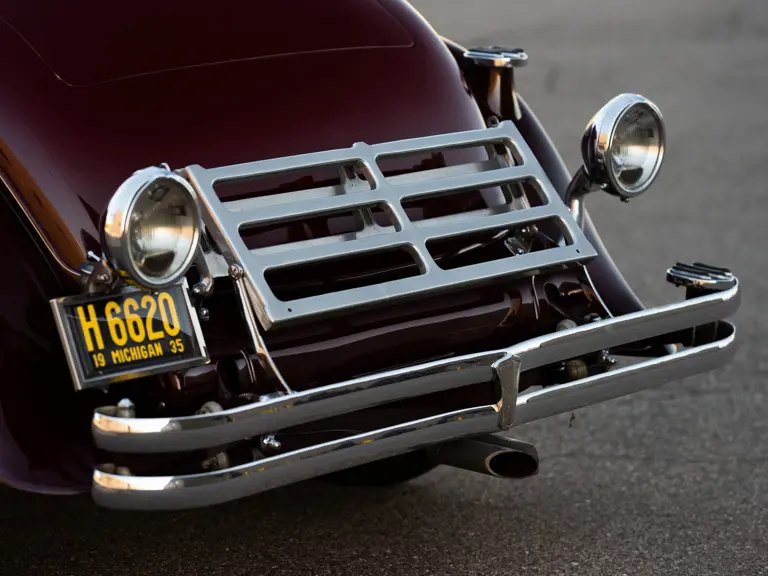
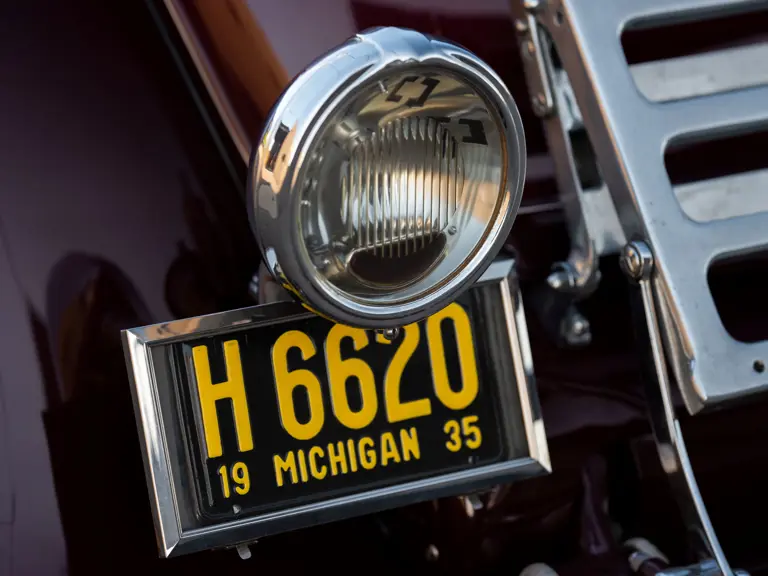
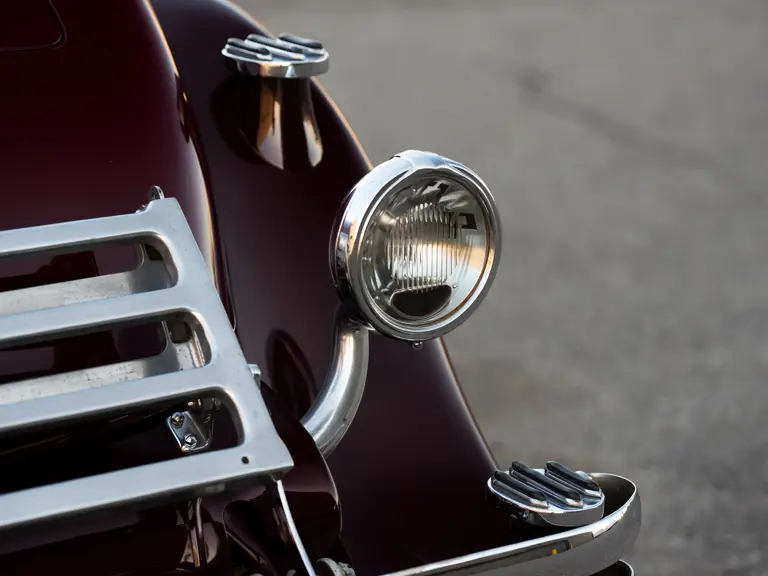
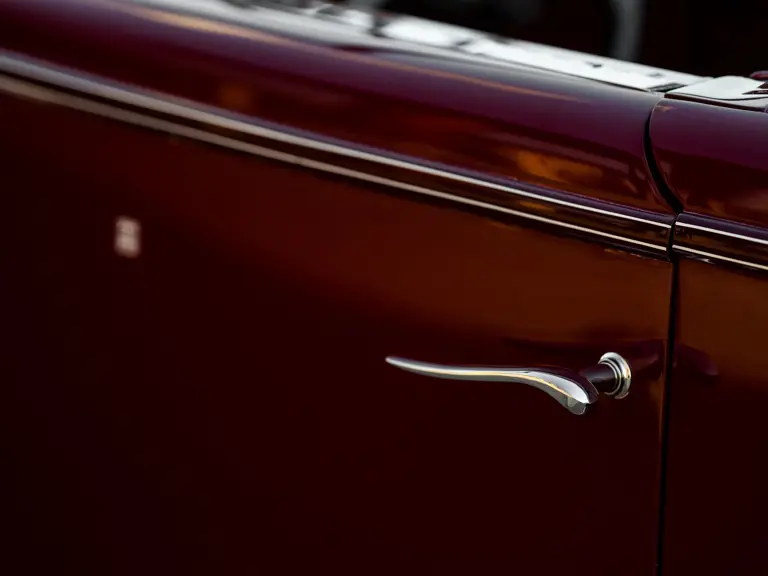
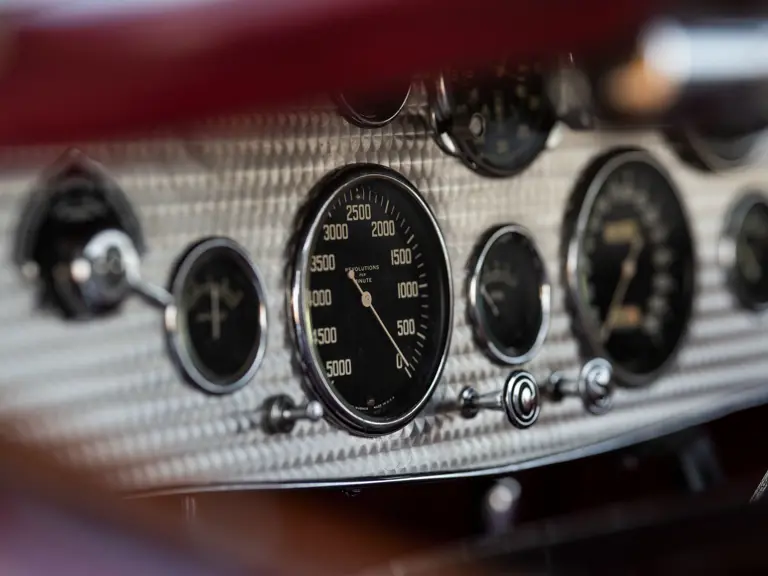

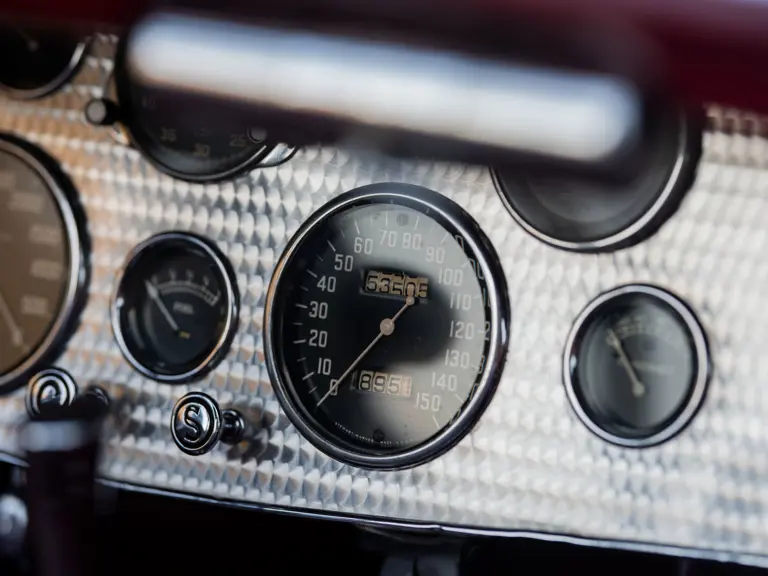
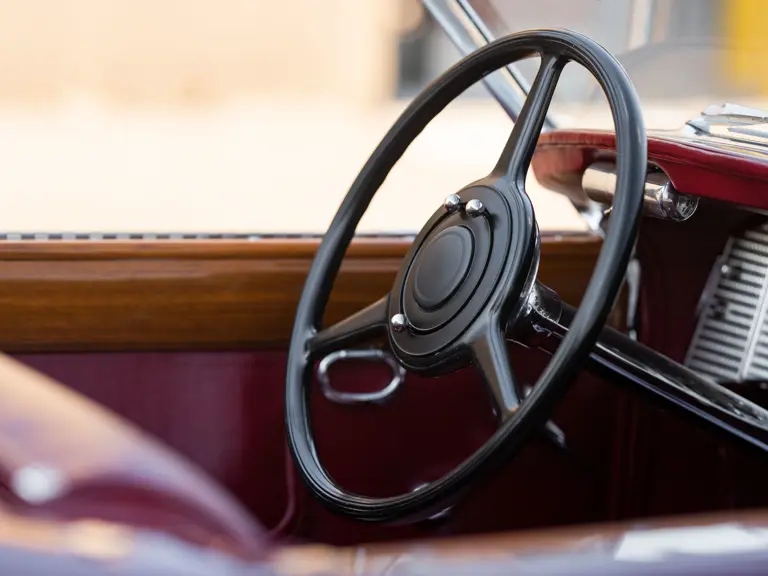

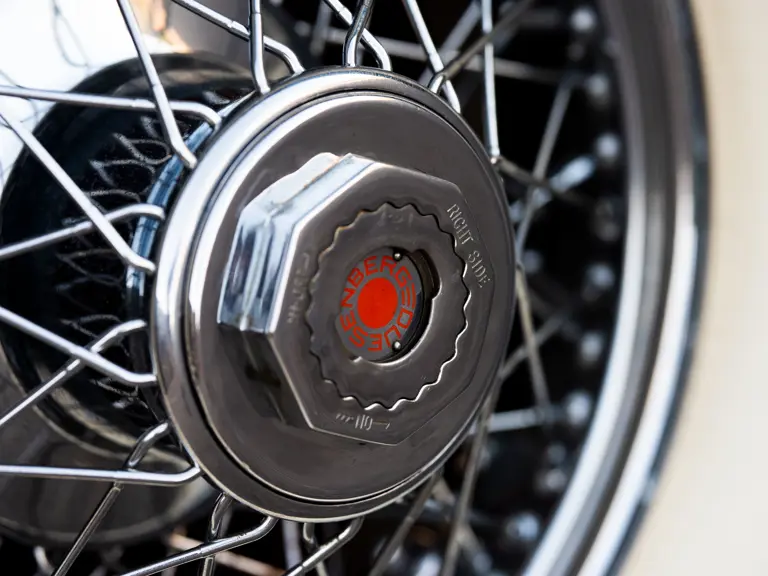


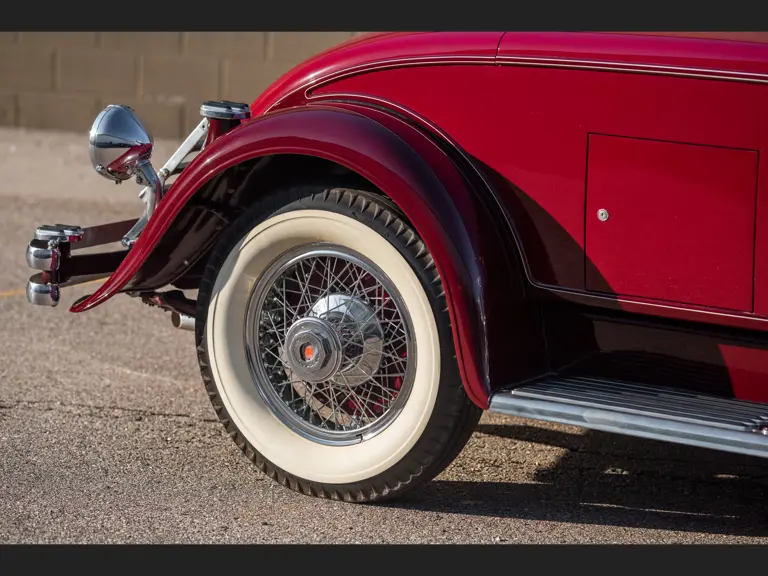

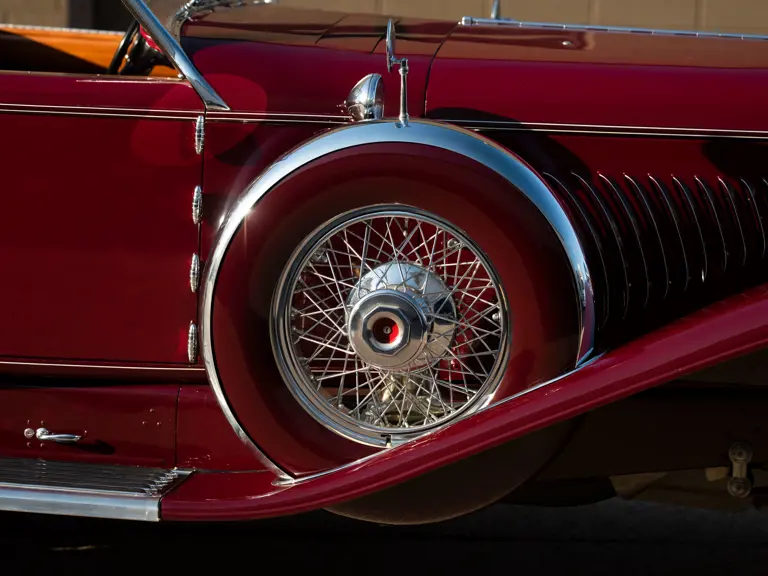
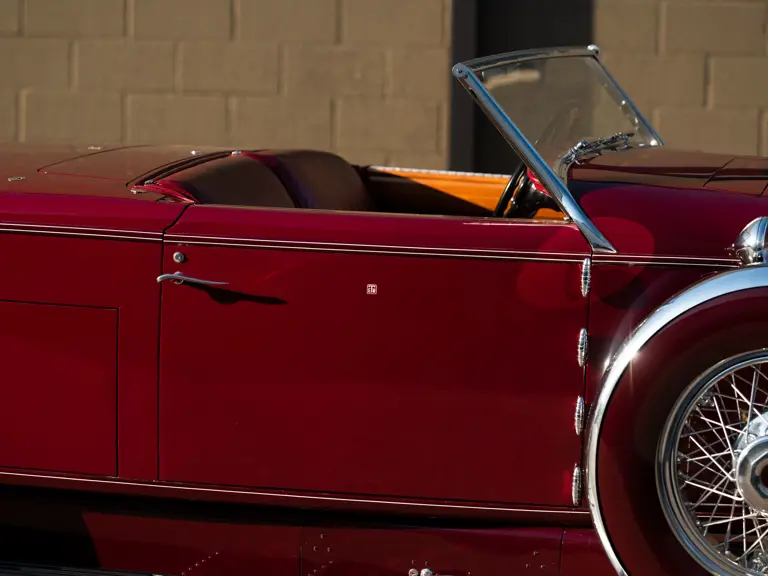
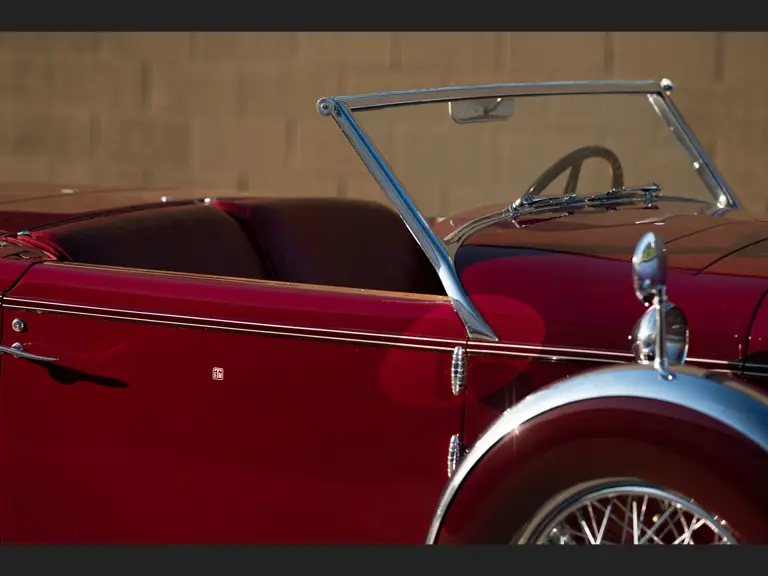
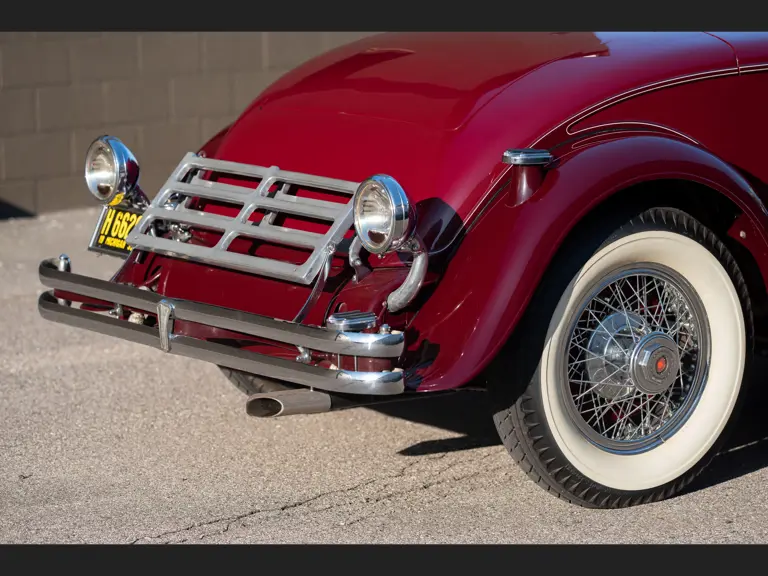

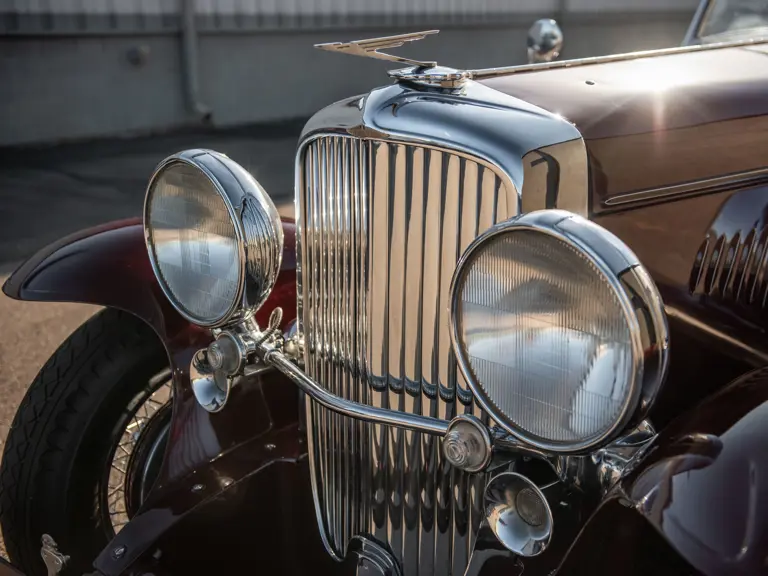
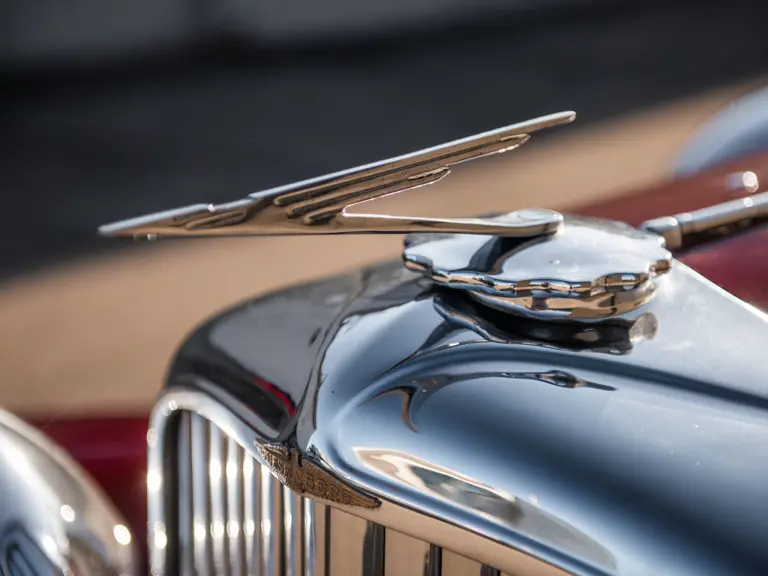

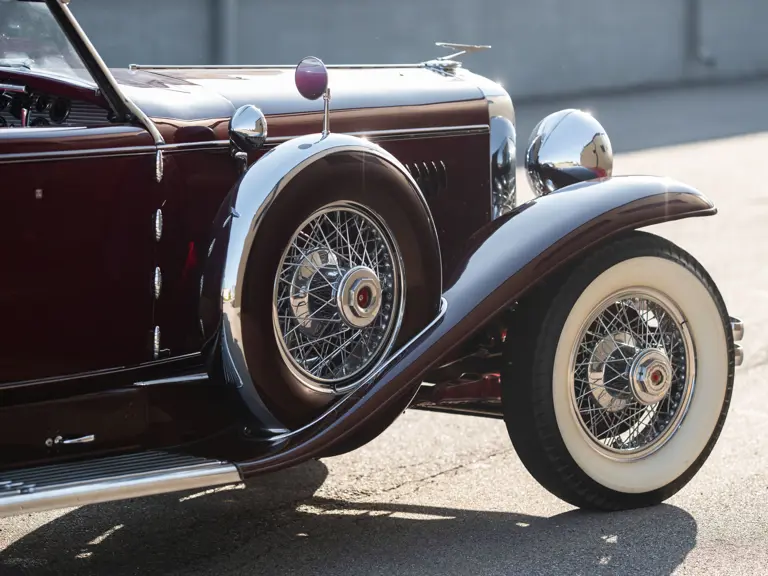
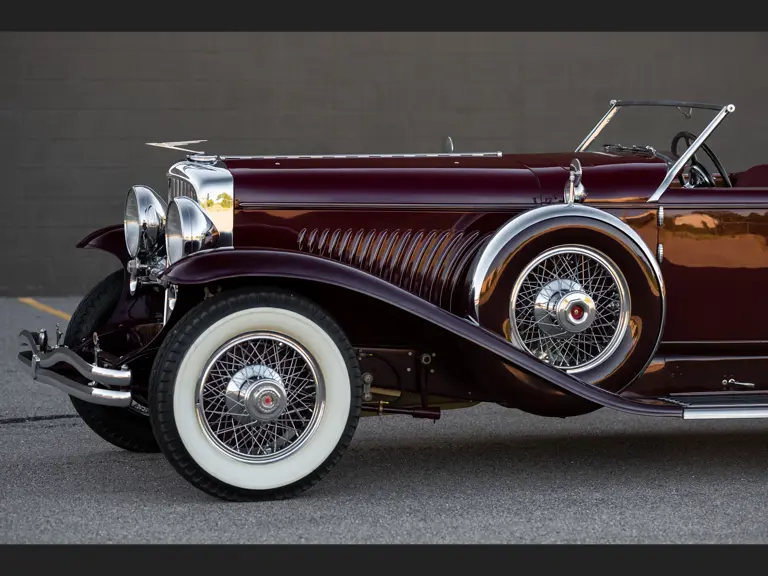
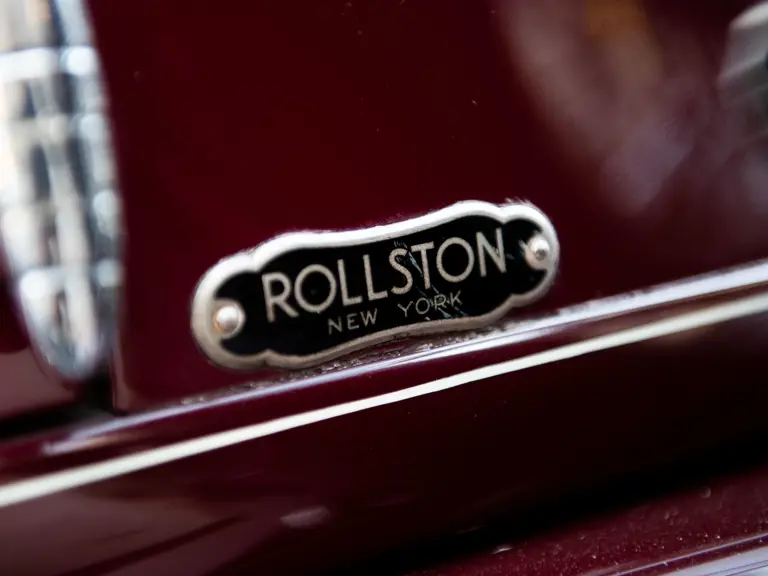
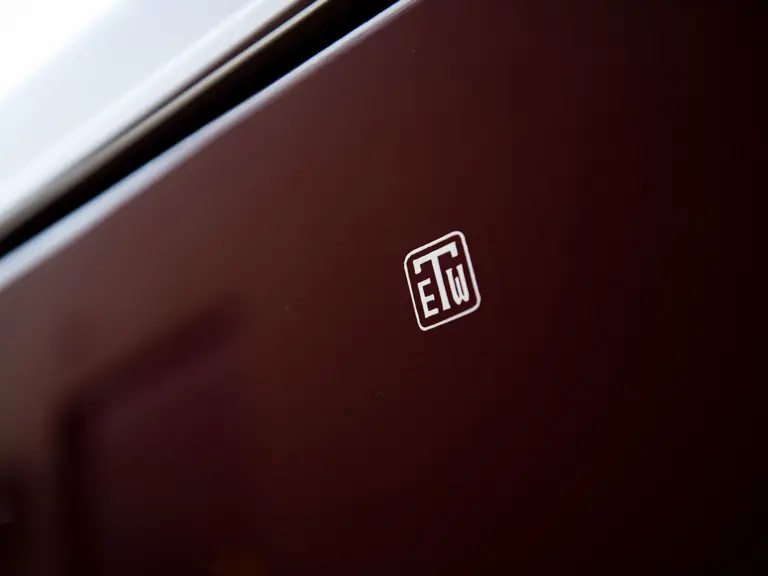
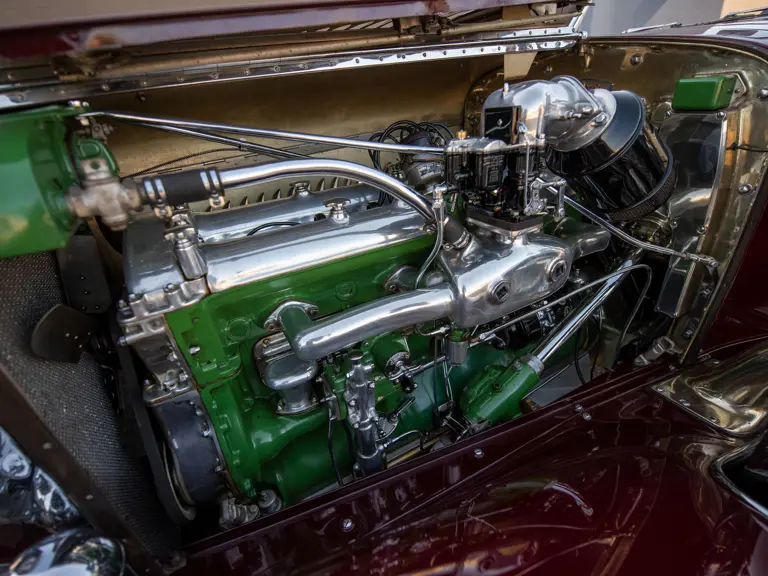
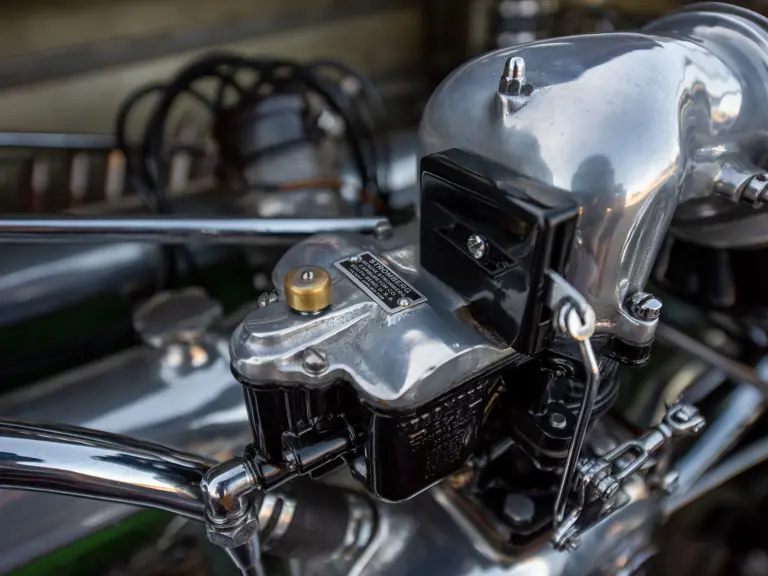

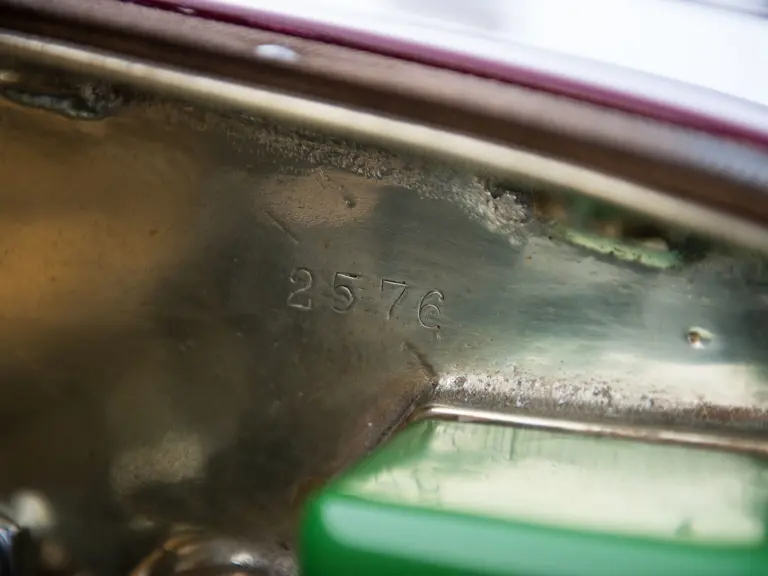

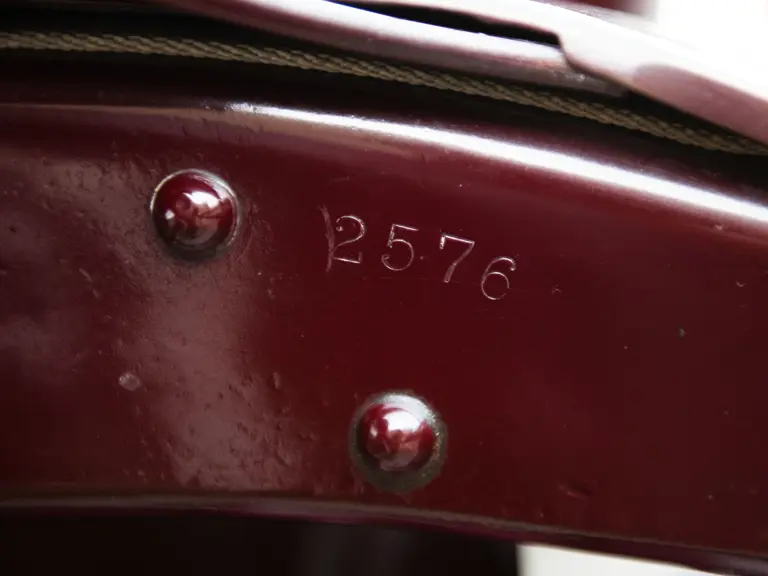
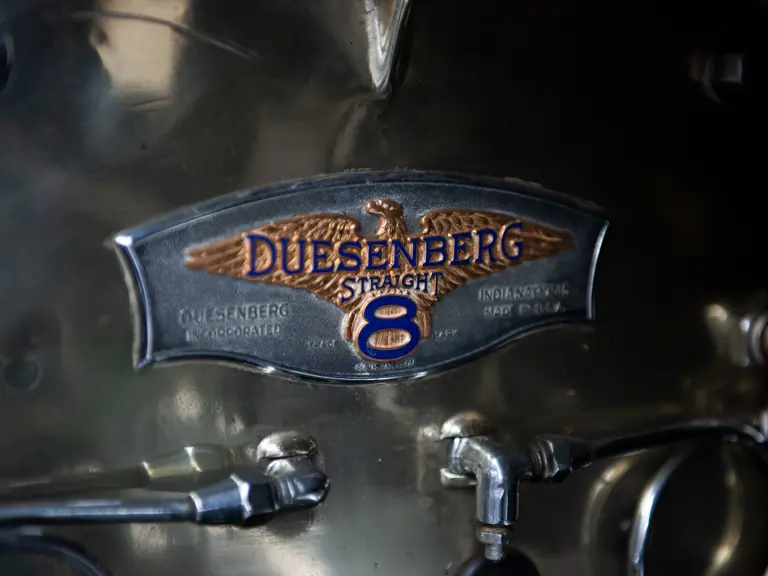

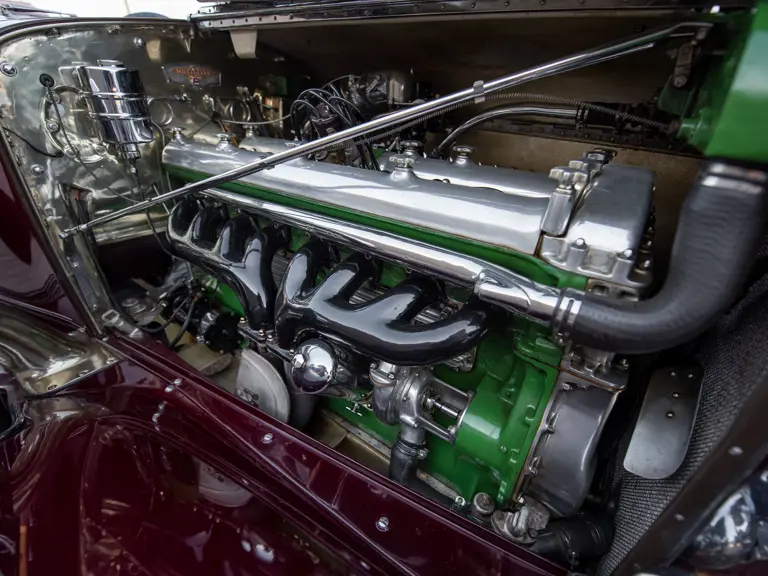
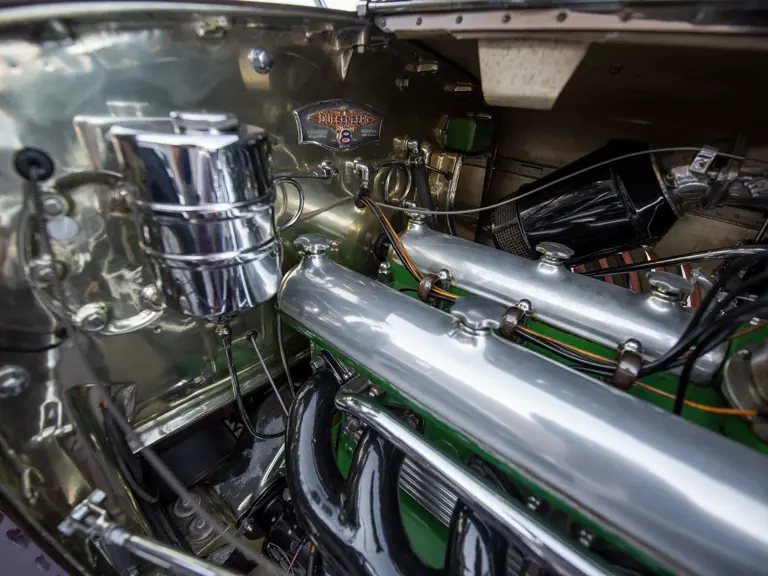
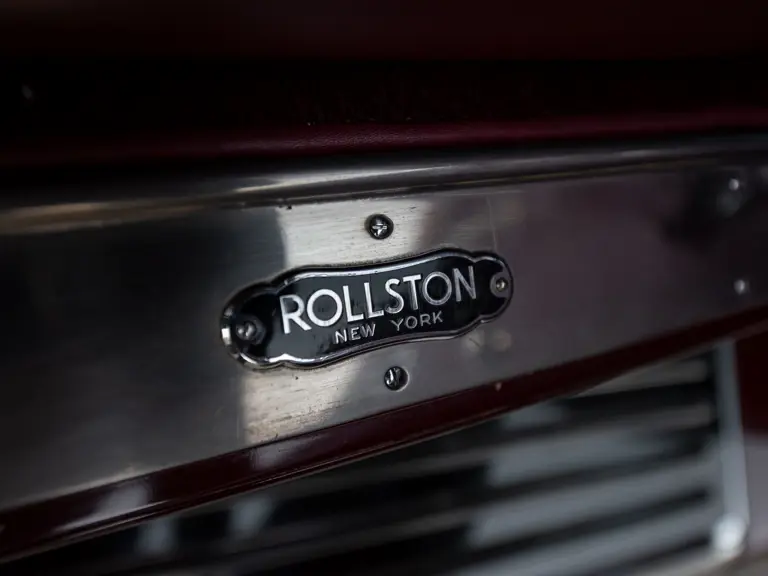
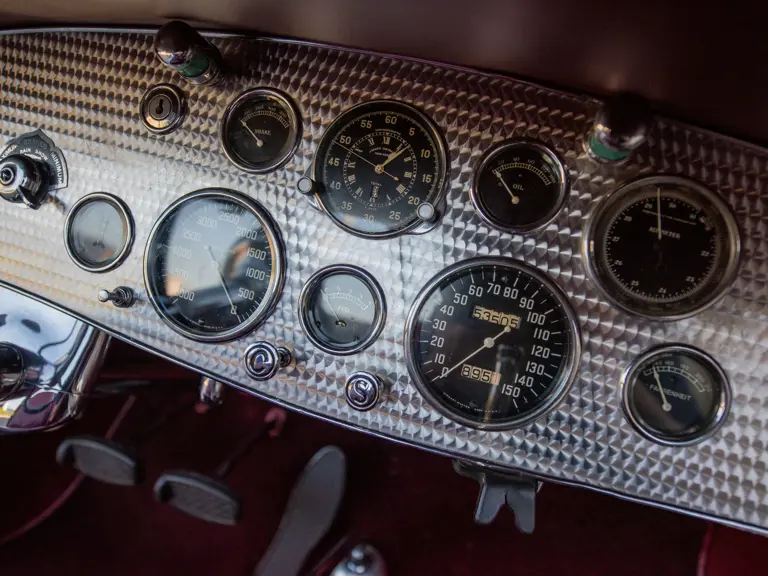


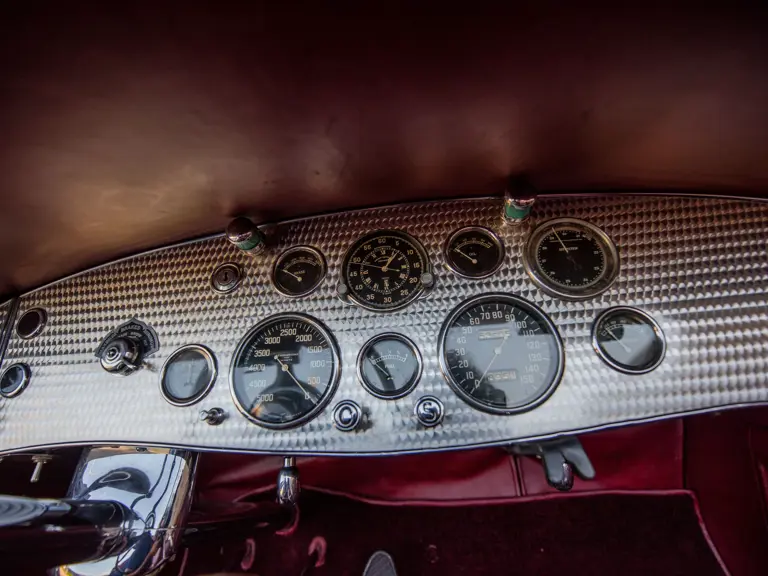
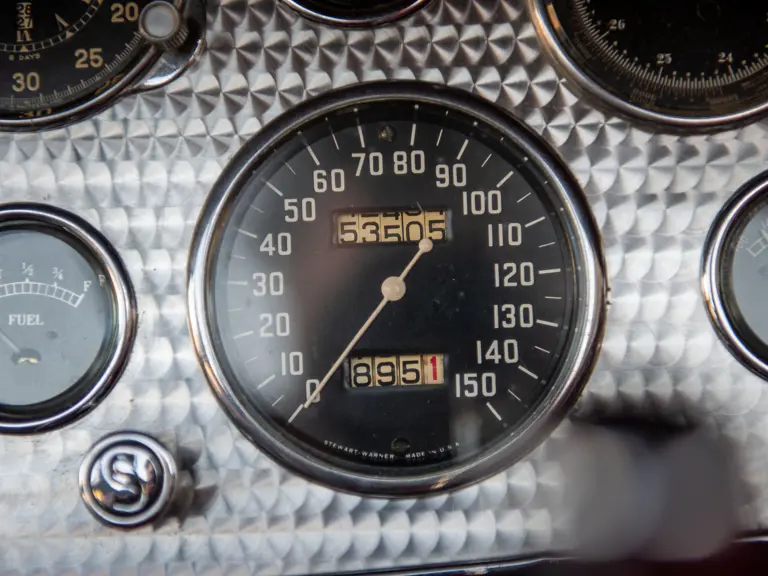

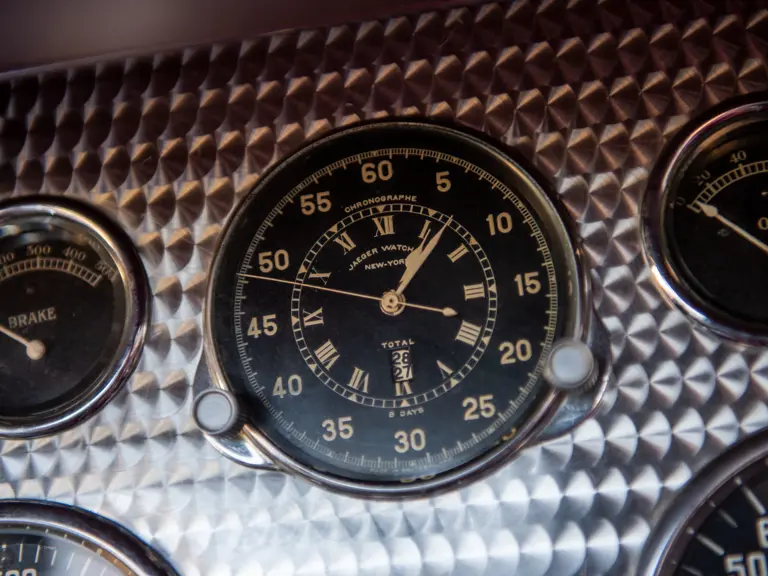
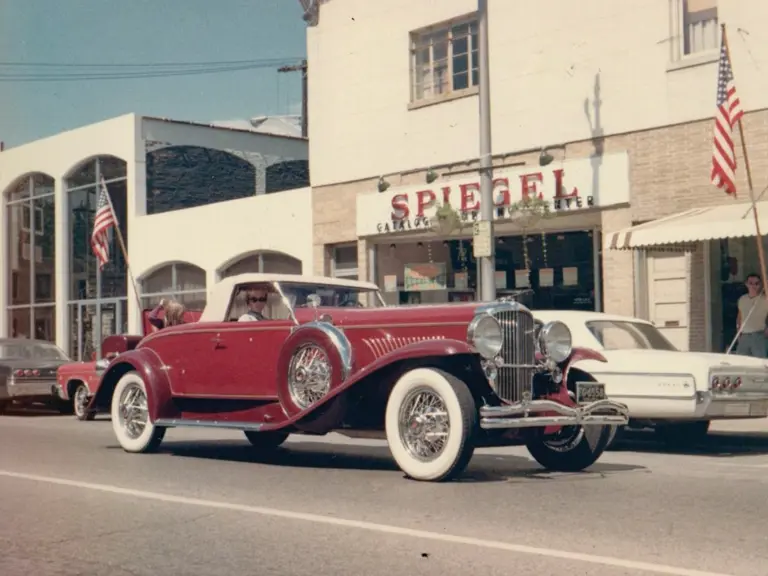
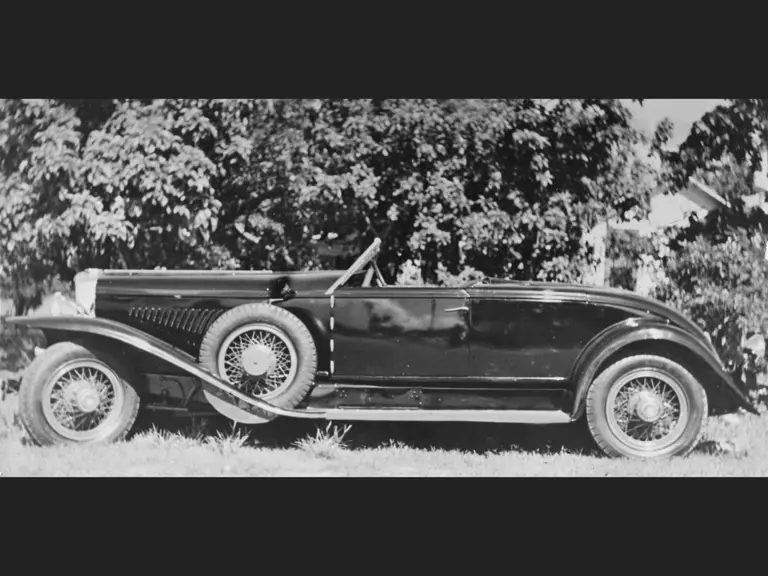
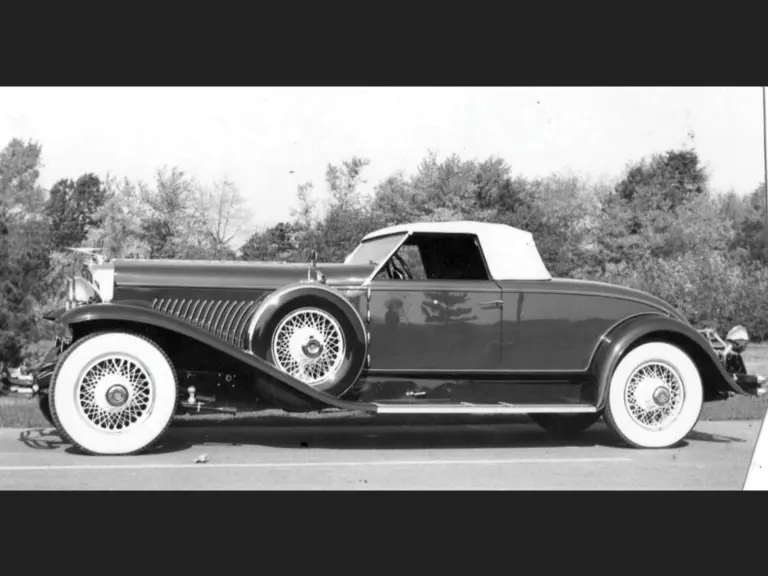
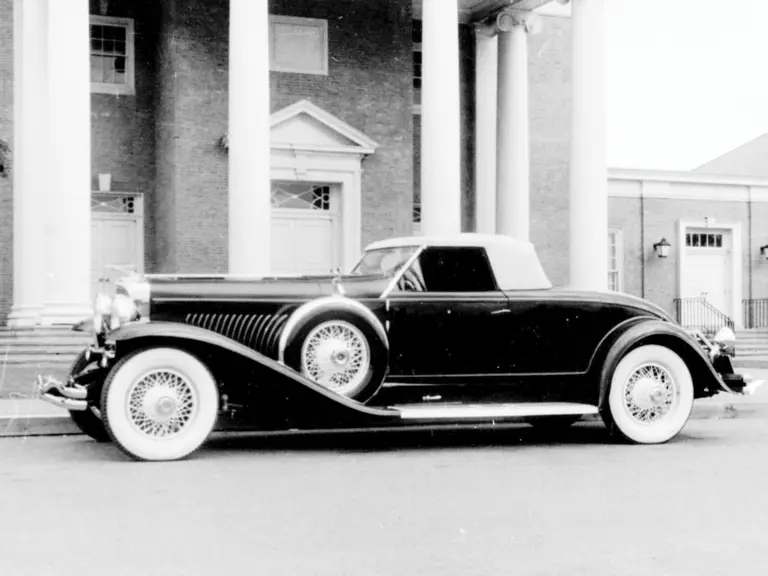
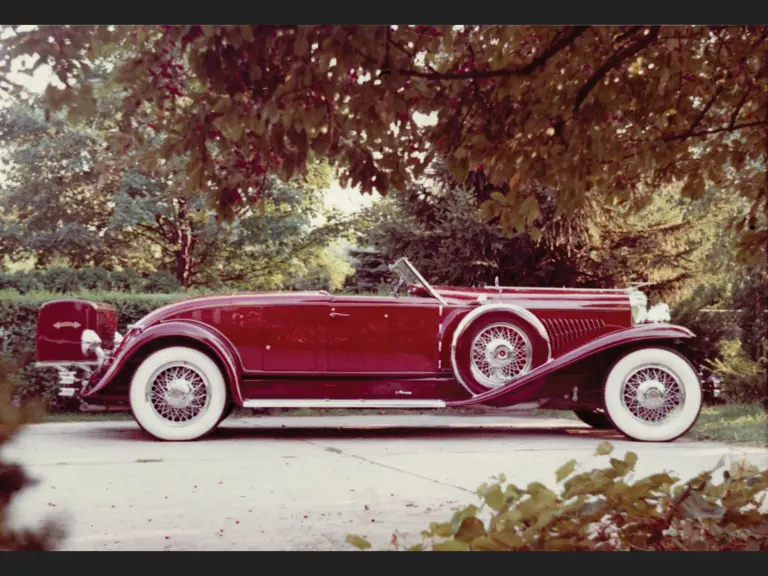
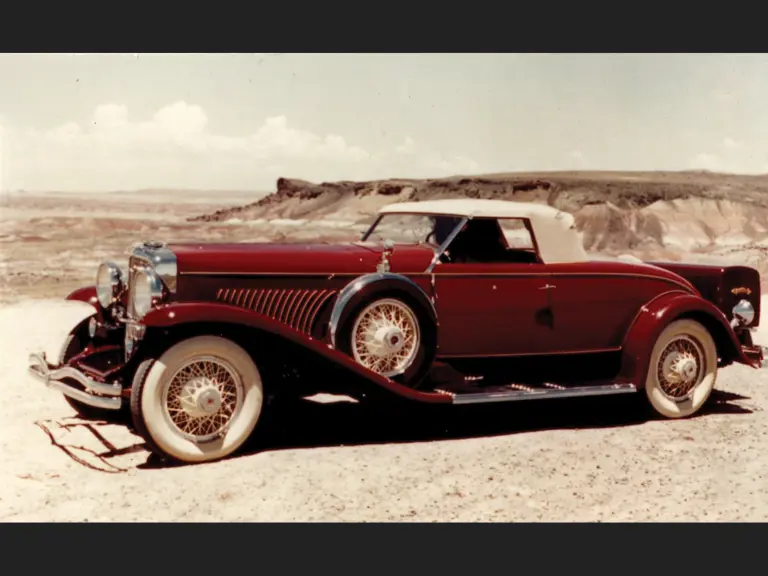
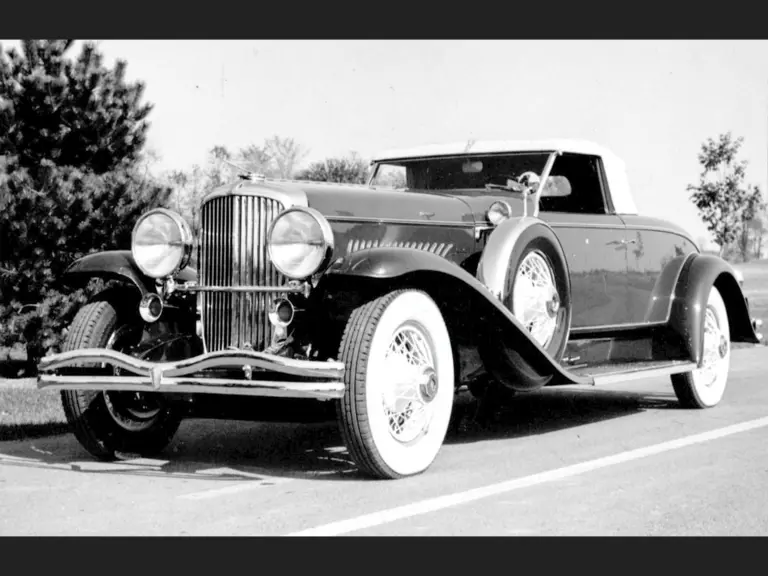

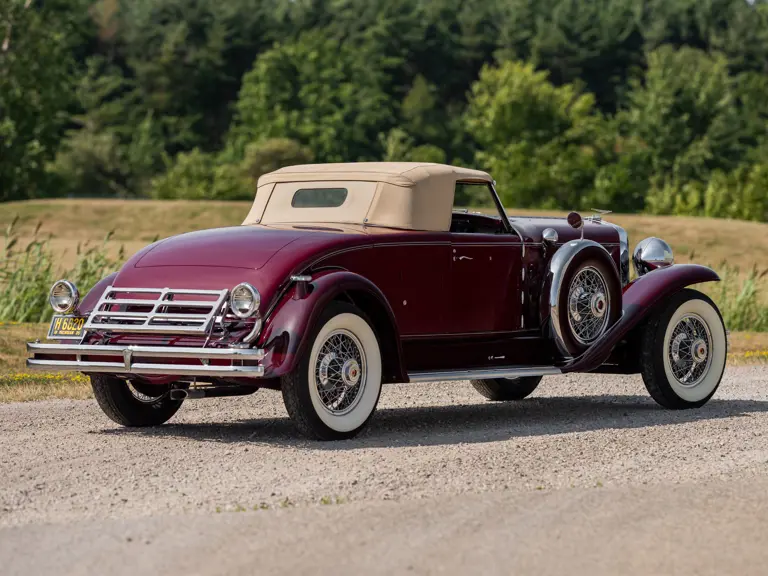
 | Monterey, California
| Monterey, California
